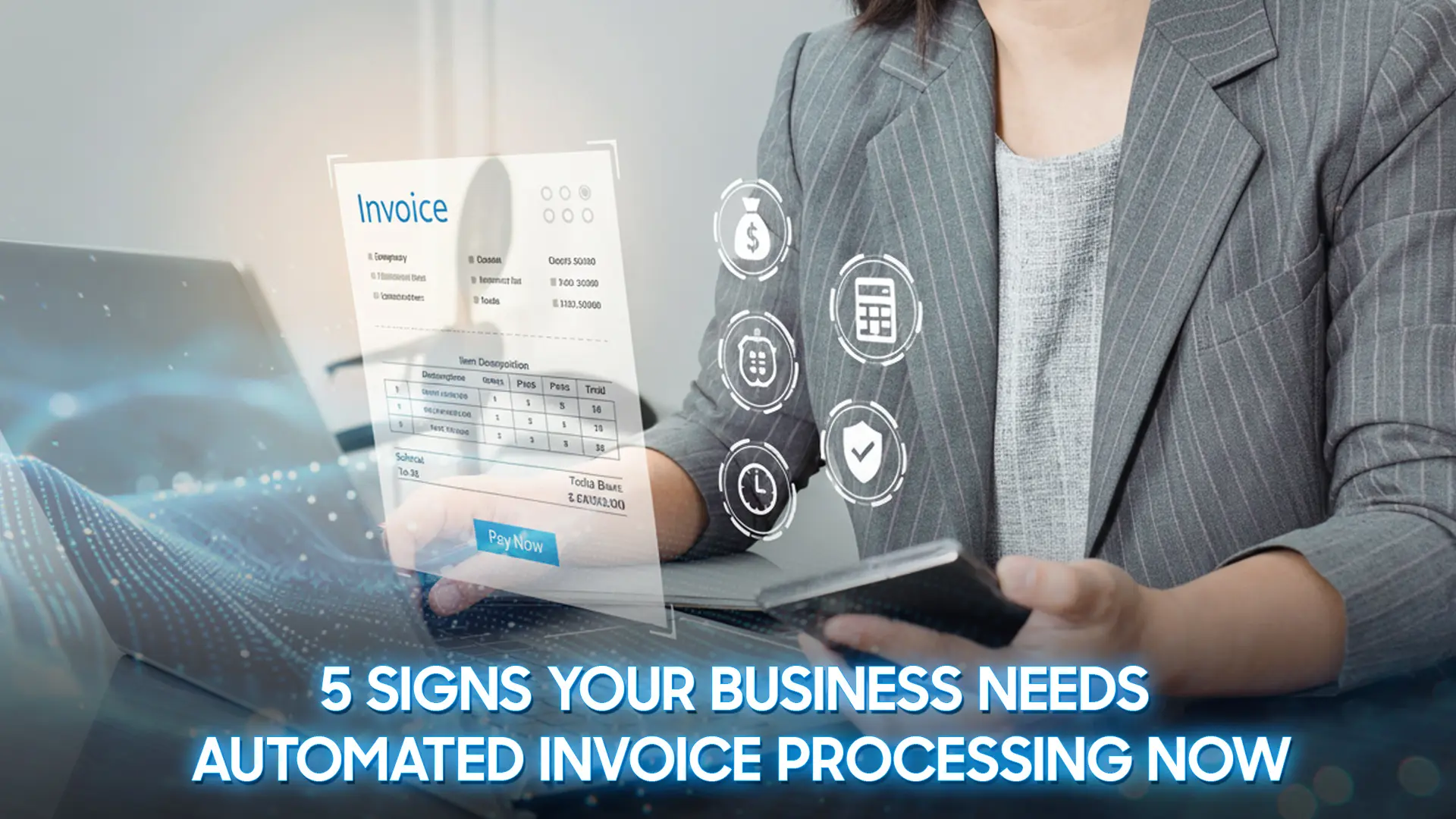Effective invoice management helps maintain financial stability and optimize business operations. The invoice validation process plays a central role in ensuring the accuracy, validity, and transparency of every transaction. With the increasing complexity of transactions and the huge volume of invoices, understanding and implementing an effective process is more urgent than ever. This article will delve into how to validate invoices, its benefits, the steps involved, common mistakes, and how technology can automate it.
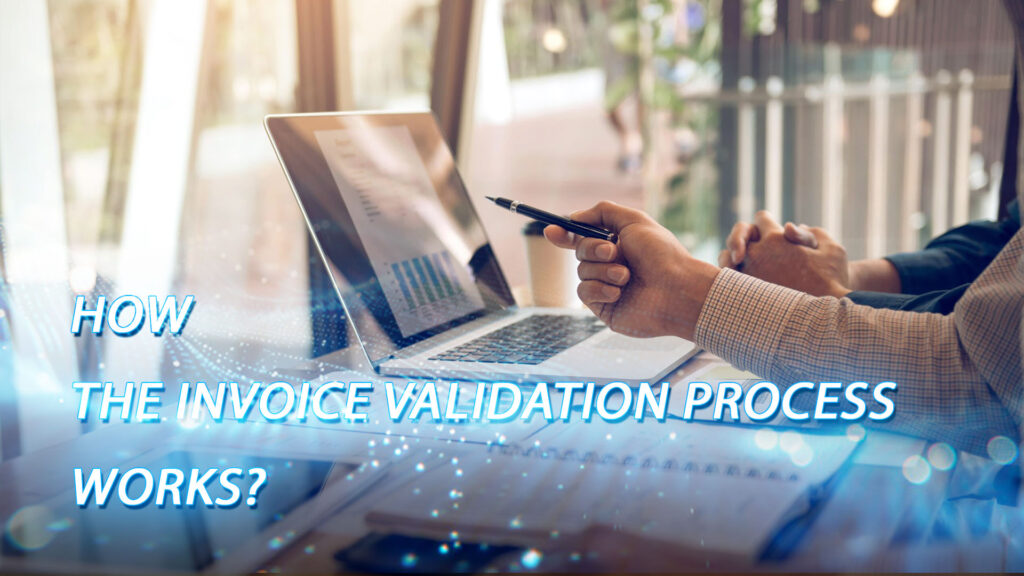
What Is Invoice Validation?
The invoice validation process is a set of steps to check and verify the accuracy and validity of an invoice before making a payment. The main objective of this process is to ensure that all information on the invoice matches the relevant documents. This helps to detect errors and mistakes early to prevent overpayment or payment for transactions that do not match the documents.
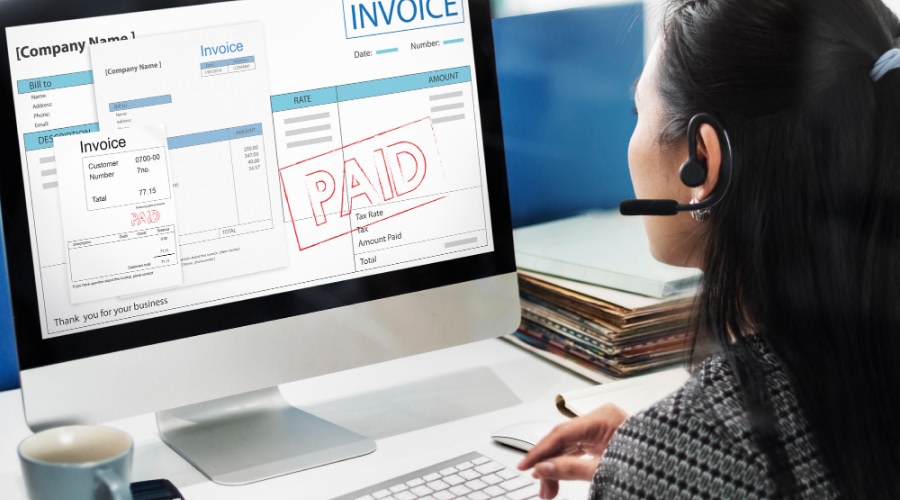
Benefits of Invoice Validation
The invoice validation process brings many significant benefits to businesses, including:
- Reduce errors and fraud: Identify data entry errors, calculation errors, and prevent duplicate or fraudulent invoices.
- Save costs: Avoid overpayments, late penalties, or costs arising from invoice disputes.
- Improve relationships with suppliers: Good processes ensure timely payments, help build trust, and maintain positive relationships with partners.
- Optimize cash flow: Closely manage payable expenses, ensure timely payments to optimize the use of business capital.
- Compliance with regulations: Help ensure all invoices comply with current tax and accounting regulations, avoiding legal troubles and penalties.
- Improve operational efficiency: Automating and standardizing processes reduces manual invoice processing time for accountants or invoice processing personnel. You can also explore our article on automated invoice processing to discover how automation improves operational efficiency.
- Provide accurate data: Implementing and integrating invoice processing into the process will help ensure clean and reliable financial data. For more tips on removing errors and organizing your datasets, read our full post on how to clean up data.

Key Steps in the Invoice Validation Process
For a business to effectively implement the invoice validation process, it must first follow a series of thorough checks and build a clear system for this task. An invoice processing and validation process that always follows these steps ensures that every invoice is thoroughly checked before approving payment.
Review Invoice Details
The first step in the process is to review the basic information on the invoice, which includes verifying important information such as the supplier name, address, invoice number, issue date, and consignee or service information. Any omissions or discrepancies at this step can lead to delays in processing or even more complex issues later on.
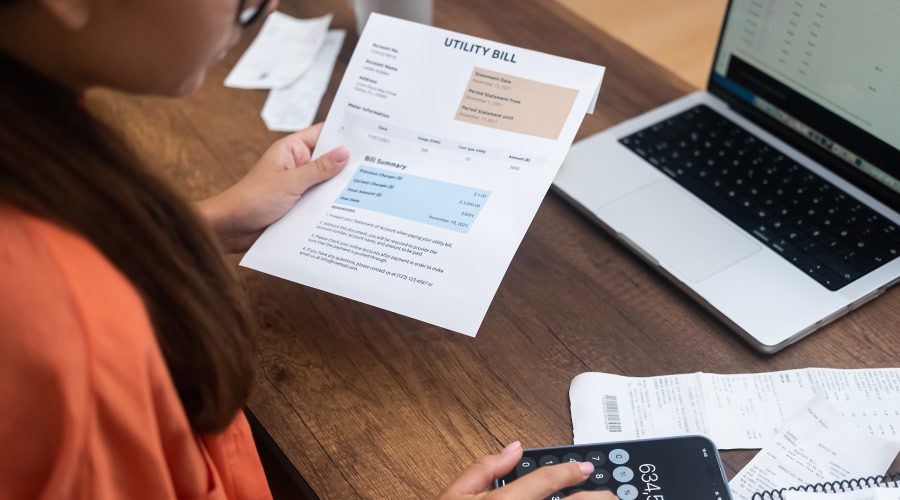
Match Invoice with Purchase Order (PO)
The most important step in the invoice validation process is matching the invoice with the purchase order (PO), which is the act of comparing information such as PO number, items or services requested, quantities, unit prices, and total amounts on the invoice with the details stated on the PO.
Mismatches between the two documents can indicate errors, such as sending the wrong goods, charging the wrong price, etc. Verification at this step will ensure that the business only pays for what was originally ordered and agreed upon.
Verify Goods Receipt or Service Completion
After matching the invoice with the PO, the next step in the invoice validation process is to verify the receipt of goods or completion of services. This usually involves checking documents such as delivery notes, acceptance reports or other confirmations of services provided. The purpose of this step is to ensure that the items listed on the invoice have actually been received or the services have been completed as agreed.
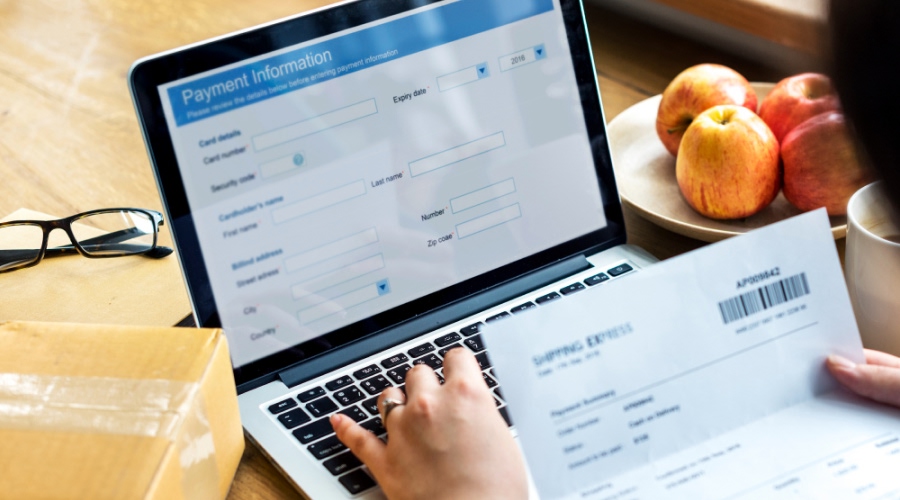
Double-Check Calculations
Double-checking is the process of verifying the accuracy of the data on an invoice, including the total amount, taxes, discounts, and any additional charges. It may seem simple, but small calculation errors can lead to large discrepancies, especially when dealing with a large number of invoices. A thorough check of additions, subtractions, multiplications, and divisions ensures that the final amount due is taken into account.
Check for Compliance Requirements
Checking for compliance requirements ensures that the invoice complies with all applicable laws in the market, including tax regulations, accounting rules, and industry-specific standards. For example, the invoice must include full legal information of both the seller and the buyer, tax identification numbers, and formats as required by the state. Failure to comply with these requirements can lead to legal issues and difficulties during the audit process.

Confirm Payment Terms
In the invoice validation process, payment validation is equally important, a step in the process that requires a person or tool to check the agreed payment terms, early payment discount conditions and payment method clearly stated in the invoice. After completing this step, it will ensure that the invoice reflects the agreed terms, helping the business manage cash flow effectively and avoid penalties for late payment.
Approve and Schedule Payment
After all checks have been completed and the invoice is determined to be valid, the final step in the invoice validation process is to approve and schedule payment. The last step describes that the invoice will be sent to the authorized person for approval. Once approved, payment will be scheduled according to the specified terms. Approving and scheduling payment requires close coordination between related departments, ensuring that all invoices are paid on time and according to the process.
Common Errors and How to Avoid Them
Invoice validation can also cause many challenges during implementation, here are some common errors:
- Duplicate invoices: Suppliers may accidentally send the same invoice multiple times. To avoid this error, implementing a duplicate invoice checking system based on invoice number, supplier name and total invoice amount will help to solve it thoroughly.
- Data discrepancies: This is a phenomenon of mismatch between purchase orders, invoices and goods/service receipts that can lead to unnecessary disputes. The solution is to apply a reconciliation process between purchase orders, invoices and goods/service receipts to ensure consistency.
- Missing information: There will be missing fields such as: amount, date, name or address, which can disrupt the validation process. To overcome this, it is necessary to set up mandatory data entry rules and use prescribed standard invoice templates.
- Non-compliance with government regulations: Strict government regulations often require invoices to follow specific formats. Non-compliant invoices can cause major disputes and errors during the audit process. To avoid this, accountants should always stay up to date with legal and professional regulations.
- Slow payment process: Manual data entry will greatly affect the actual payment process. For companies that have to process a large number of invoices, building an automatic data entry and automation system is necessary.
=> To streamline operations, you might want to explore these top-rated data entry outsourcing companies.

Automating Invoice Validation with IDP and AI
To address the challenges of manual invoice validation processes and improve efficiency, the current trend is moving towards automated invoice validation solutions using advanced technology.
- Optical Character Recognition – OCR: Is a technology that helps software “read” and extract data from printed or handwritten documents, including invoices. OCR converts images of invoices into editable text, reducing manual data entry time.
- Intelligent Document Processing – IDP: Is a technology that combines OCR with machine learning and natural language processing (NLP) techniques. It not only extracts data but also understands the context and structure of the document, allowing flexible processing of invoices in many different formats. With IDP, the system can automatically identify important data fields such as invoice number, date, amount, supplier name and item details, even when they appear in different locations on the invoice.
- AI Rules (AI Invoice Processing): AI will apply smart rules and workflows with algorithms. AI models will be trained to recognize patterns, detect anomalies, and adjust according to rules. For example, AI can automatically perform three-way reconciliations between invoices, purchase orders, and goods receipts; flag duplicate invoices; check invoices for regulatory compliance; and even learn from previous approval decisions to automate the approval process for similar invoices.
=> Explore more: Data Extraction Automation: Everything You Need to Know

Conclusion
In short, the invoice validation process is an indispensable function in financial operations, ensuring the accuracy and validity of all payments. Applying advanced technologies such as OCR, IDP, and AI invoice processing. To learn more about businesses providing specialized automated invoice validation solutions, help businesses optimize the invoice management process. Contact DIGI-TEXX today to find out how we can help you achieve excellence

